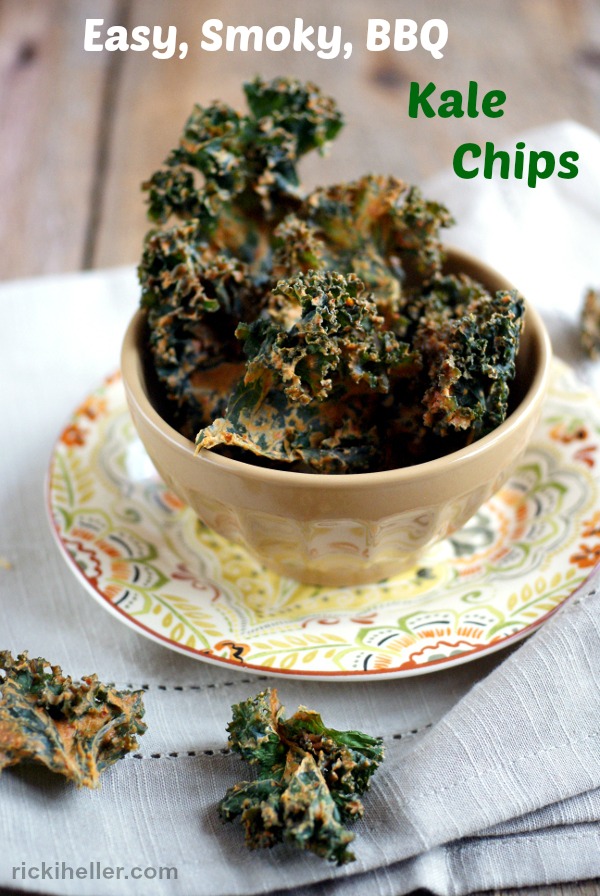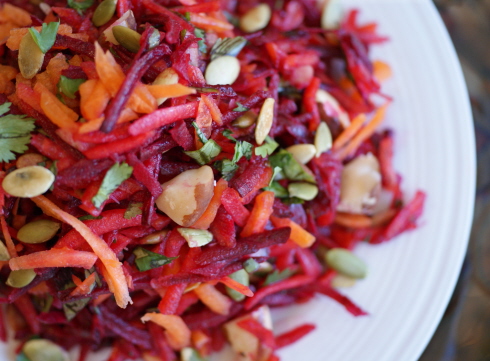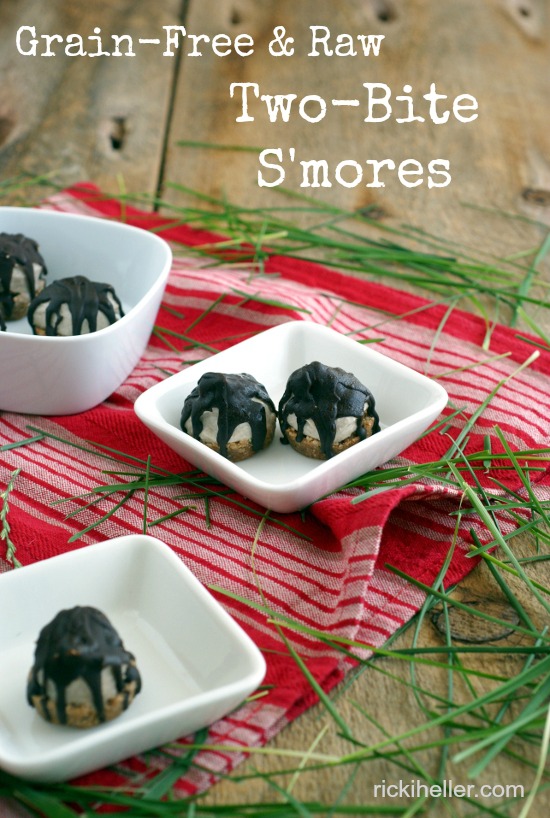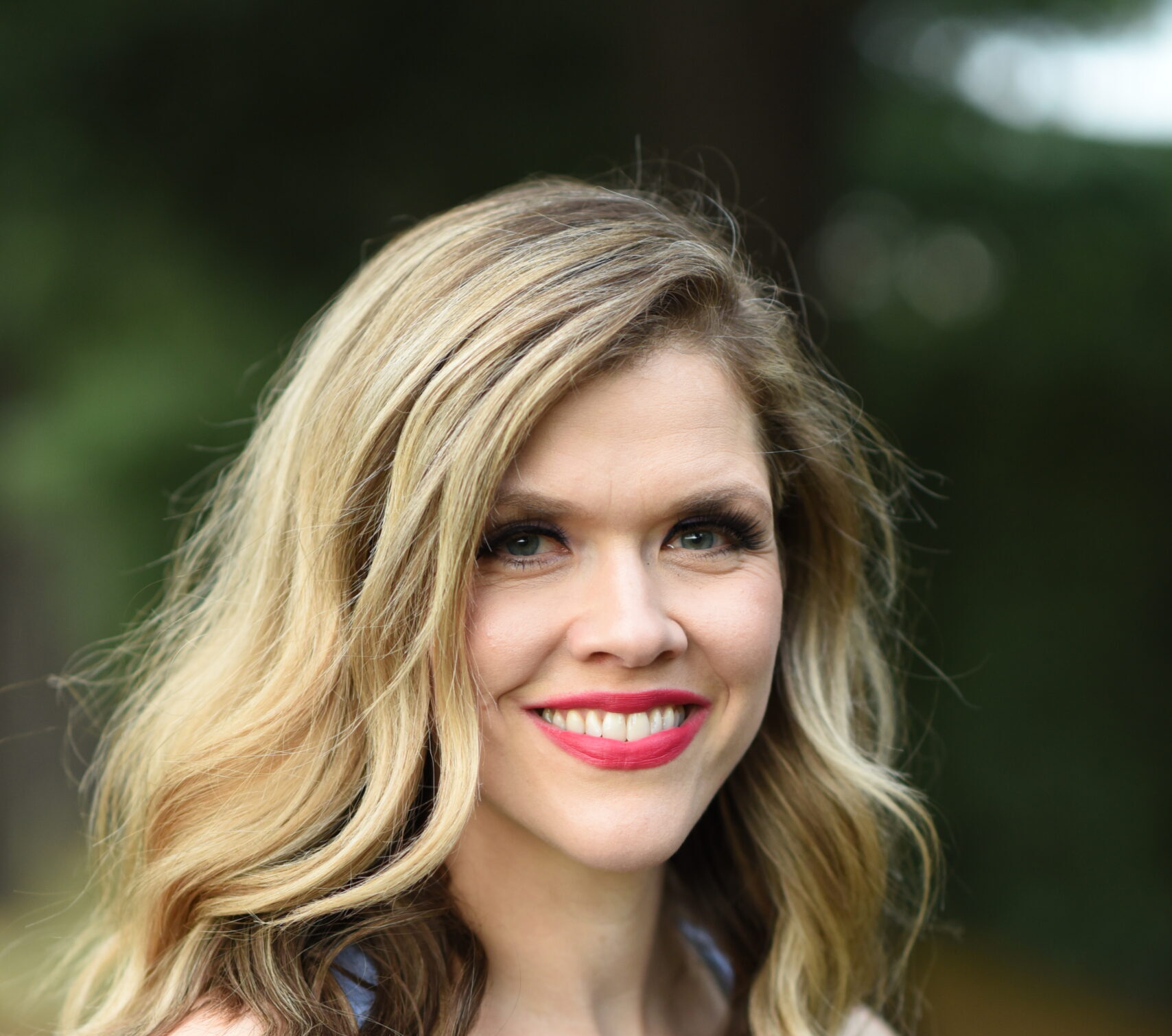 Today’s guest post is from one of the sweetest, most generous, & talented vegan holistic bloggers–Ricki Heller.
Today’s guest post is from one of the sweetest, most generous, & talented vegan holistic bloggers–Ricki Heller.
I’ve known & interacted with Ricki over the years. I’ve followed her blog & enjoyed many of her recipes (love her Naturally Sweet & Gluten-free Dessert cookbook!). She is thoughtful, kind, extremely knowledgeable, & just an all around spectacular person. She takes the time to really get to know & interact with her readers & she also makes time to reach out to fellow bloggers, as well as her fans. Her kindness is an inspiration to me.
I asked Ricki to share her story with Candida Related Complex, as well as give a synopsis, sort of a 101 overview of what you need to know & do should you suspect you are dealing with candida overgrowth yourself.
I think you’ll find her story & tips helpful, & hope you’ll take a moment to check out her website–it’s a wealth of information & delicious recipes!
//
Could it be…Candida?
When I was first diagnosed with Candida Related Complex (CRC, or simply, “candida”) for the first time in 1999, almost no one had heard of the condition. Though more and more alternative healthcare professionals are aware of and recognize the syndrome, conventional medicine still doesn’t acknowledge it as a bona fide condition.
But candida is a serious condition, one that can wreak havoc with your life and wellbeing.
Requiring a major change in diet and lifestyle, it’s no wonder candida is one devastating, scary diagnosis, and the diet is often considered one of the toughest to stick to.
Having been on this diet twice, and now into a “maintenance” version that I’ll likely follow for the rest of my life, I can promise you that it’s not as scary as it seems, and it’s definitely doable. Even more important, it’s possible to maintain your “normal” life while you heal!
From Harmless Denizen to Neighborhood Bully
You may not realize it, but your intestinal tract (as well as your skin, mucus membranes and other parts of the body) is basically host to a huge array of microscopic “guests” such as germs, bacteria, protozoa and fungi. Candida albicans, a normally harmless yeast, is one of the most common residents, living harmoniously with all the other micro-organisms in a healthy microbiome (or internal ecosystem). In fact, some candida is necessary to maintain balance.
On occasion, however, something happens to upset the delicate balance, and this allows the candida to convert from a harmless yeast form to a more insidious fungal form, which starts to overtake the neighborhood.
Candida’s fungal form expands and grows long, root-like filaments that can embed themselves in your intestinal walls like ivy growing on an old brick wall. Unlike the ivy, though, the hyphae (filaments) can actually puncture the intestinal lining and create what’s called “leaky gut.”
It’s only by killing off the excess yeast, healing the gut and then rebalancing the internal ecosystem that you can heal from candida.
So what causes the shakeup of the intestinal tract in the first place?
When the delicate balance is disturbed (by antibiotics, stress, poor intestinal transit time, or a diet heavy in refined sugar and/or and flour, for instance), the candida goes on a feeding frenzy and easily grows out of control. The result is CRC, which causes fatigue, cravings, fuzzy thinking, yeast infections, and a host of other debilitating symptoms.
In addition to messing with proper digestion, candida also produces toxic by-products that can infiltrate the bloodstream. These toxins will then be identified as foreign invaders by the body’s immune system.
According to Paul Pitchford (author of Healing with Whole Foods), the toxins “stimulate the immune system’s production of antibodies, and in serious yeast infestations tax the immune system to the point where it cannot respond to invading viruses or other harmful substances.
Immunity ultimately breaks down, which opens the way for autoimmune diseases such as rheumatoid arthritis, multiple sclerosis, and lupus.” Sounds lovely, doesn’t it?
How to Know if You Have Candida
Some alternative physicians and healthcare providers believe that candida is already rampant among the general population but that we just aren’t aware of it.
According to Jeanne Marie Martin and Zoltan Rona, authors of the Complete Candida Yeast Guidebook, yeast overgrowth is a “hidden epidemic” in North America.
Symptoms that are normally present with candida, such as allergies, bloating, recurrent cystitis (urinary tract infections), chronic constipation, chronic fatigue, fuzzy thinking, food (and especially sugar) cravings, memory problems, sore muscles, lethargy, PMS, psoriasis, skin rashes, or repeated fungal infections (such as vaginal yeast infections or athlete’s foot) are also fairly common in many other conditions, making candida notoriously difficult to diagnose.
So how can you solve the candida mystery?
In general, practitioners use a clinical diagnosis (that is, symptom-based) as their guide. Physical tests also exist, such as blood tests, stool analysis, urine test (also called tartaric acid test) or what’s known as the “saliva test”; these can measure the presence of candida to some extent, but none of them is 100% reliable. In the end, it usually boils down to the clinical symptoms, combined with a detailed health history taken by your healthcare provider.
You Think You Have Candida. . . So What Now?
If you suspect that you’ve got an overgrowth of candida, the first step is to consult with a functional medicine specialist (such as a holistic nutritionist or naturopath) or a holistically-minded MD. They can determine whether or not your symptoms are caused by an excess of candida albicans or something else.
Treatment normally involves a strict diet to “starve” the candida and restore the internal balance: the idea is to stop eating anything that might feed the fungus (which loves sugar the most); to take herbal and natural supplements and other treatments to reduce the candida population; to use prescription antifungals if necessary; and to adopt a change in lifestyle.
For a review of the basic diet, which eliminates all sugars and excess starches from the diet along with yeasts, fungi, moldy foods and highly allergenic foods, see my Candida FAQ page.
One thing I’ve learned from being on the diet twice (most recently beginning in 2009), is that there is no single “candida diet” that fits everyone.
As with most health issues, people’s unique history, environment, physiology, metabolism and DNA will determine what approach works best.
Some people can reverse a candida infestation in a month or so; others, like me, might require many months of the strict diet, and permanent dietary changes thereafter, to remain symptom-free.
There is Hope (and Yummy Food)—Even with Candida!
Once you’ve removed the excess candida and restored balance to your intestinal tract, in order to keep candida in check, you will likely need to make permanent changes to your diet—and lifestyle.
In my case, for instance, it’s imperative to avoid all refined sweeteners or other refined ingredients, or I experience a flare-up in candida symptoms fairly quickly. Having had candida before, I’m more prone to a recurrence, and each time the fungus returns, it’s more difficult to eradicate. I’d rather just not let it back into the neighborhood in the first place, thank you very much.
But a relatively low glycemic, whole foods and sugar-free diet doesn’t mean you can’t still enjoy delicious food, or the occasional indulgent sweet treat!
Nowadays, I consider living candida-free as a lifestyle choice.
I enjoy foods that taste great, I still enjoy socializing, holidays and family events—but with health-promoting foods and beverages, instead of allowing candida to put a damper on my activities. These days, having eliminated sugar completely from my diet, I can say that life truly has become sweet.
Here are some of my favorite recipes for Stage One of the diet—these can all be enjoyed from your first day on the protocol.
Crimson Salad with Pecans and Pumpkin Seeds
Raw Grain-Free Two-Bite S’Mores
You might also want to check out my:
More in the bring joy summer guest post series:
- Raw Zucchini Noodles in a Creamy Dill Sauce by Emma Potts
- Breastfeeding in Public: Why the Current Debate Misses the Mark by Jenny Ramsey
- Apple Pie Popsicle Recipe by Leanne Vogel
- 5 Vegan Gluten Free Summer Recipes by Allyson Kramer
- How to Practice Active Transporation by Rachel Whipple
- The Problem With Body Hatred? It’s Boring. by Deja Earley
- Lost Art of Eating “In” by Lauren Cash
Ricki Heller is a holistic nutritionist, whole foods chef, writer and educator who shares sugar-free, gluten-free, allergy-friendly recipes and healthy living articles on her site, rickiheller.com. She is the author of two bestselling cookbooks and the forthcoming guide and cookbook, Living Candida-Free.
Ricki lives near Toronto, Ontario, with her husband and two dogs. Learn more about Ricki here.
Connect with Ricki on Facebook, Pinterest, Google+ and Instagram.







Comments